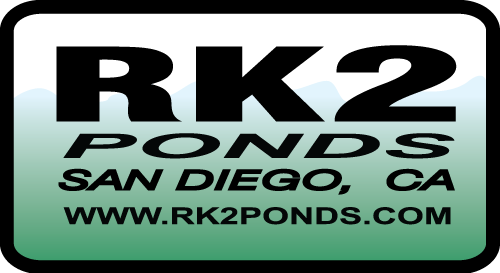Pond Management
Did You Know?
- pH ranges between 0 and 14? Water with a pH value of 7 is neutral, below is considered acidic while above is alkaline. pH levels between 7.2 and 8.5 are considered acceptable in pond applications. Aquatic plants can affect pH levels during photosynthesis periods (daylight hours) opposed to non-photosynthesis periods (night hours) when pH levels can drop considerably.
- Water circulation is perhaps the most important characteristics of any filtration system? In an aquatic application, water circulation suspends solid waste and carries it to the filter where it is captured.
- No pond filter is "maintenance-free" and that all filters require some level of care? Filters left unattended can quickly become overloaded with waste resulting in fouling. Decomposing organic waste depletes the dissolved oxygen level and affects overall water quality in the pond and can potentially be harmful to fish.
- Pump performance is greatly affected by: "Head Pressure" and "Line Pressure"? Head Pressure is the vertical distance the pump is required to operate at. Pumping water through a long run of pipe through tee and elbow fittings creates pressure on the pump. This is termed "Line Pressure".
- Ammonia levels are affected by decaying uneaten fish food, waste and respiration? Too many fish in a pond and overfeeding mean that wastes produced can exceed the capacity of nitrifying bacteria colonies. Fish suffering from ammonia toxicity typically stop eating and become lethargic.
- The size of a pond and its filtering capacity establishes its maximum "fish density"? Over-stocking a pond with too many fish will exceed the filtration capacity and jeopardize the pond's water quality... ultimately affecting the health of your fish.
Water Circulation

Water circulation is a critical filtering factor. Flowing water agitates and suspends solid waste in the pond, moving it to the mechanical filter where it is trapped, held and removed. Insufficient water circulation, a common problem associated with ponds, is caused by inadequate pump capacity, improper plumbing or both. When planning your system, pay close attention to the pump's capacity and the diameter of pipe used to plumb the system. Filtered water returning to the system should create a gentle current and be directed (using PVC fittings) so as to subtly force water downward to the bottom of the pond, suspending all solids. Proper water circulation will help to prevent solid waste from settling on the bottom of the pond, while providing current that most fish enjoy. We recommend a general turnover rate of once every three hours.
Decorative Stone
Decorative stone and pebbles placed on the bottom of a pond are not recommended! Decorative stone or pebbles accumulate solid waste, allowing it to decompose and foul the system. Decomposing solid waste lowers water quality, including its capacity to maintain acceptable dissolved oxygen levels.
Maintenance
Regardless of the filter system you choose routine maintenance is an essential part of the filter's operation. There is no such thing as a maintenance-free filter, all mechanical filters must be cleaned frequently.

